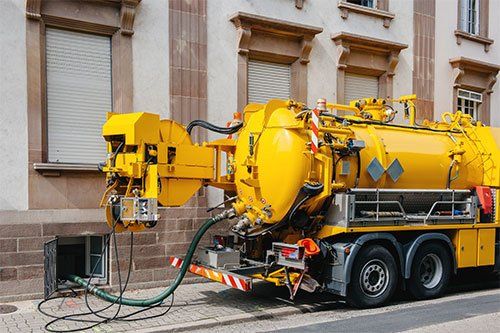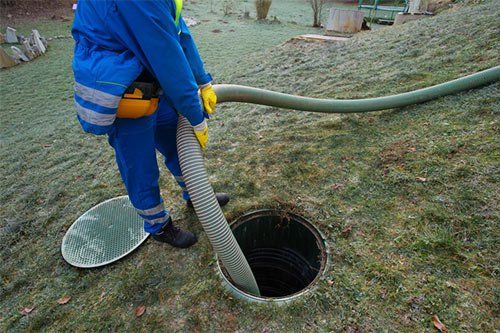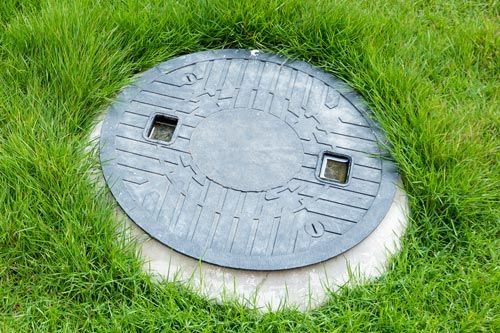4 Things to Stop Flushing Into Your Septic Tank
- By Admin
- •
- 23 Oct, 2018
- •
Did your septic tank develop clogs or need repairs this year? What you flush down your pipes could be a part of the problem. Knowing what to flush and what not to flush can help you take care of your septic system. These tips will help reform your habits and prevent septic tank clogs in the future.
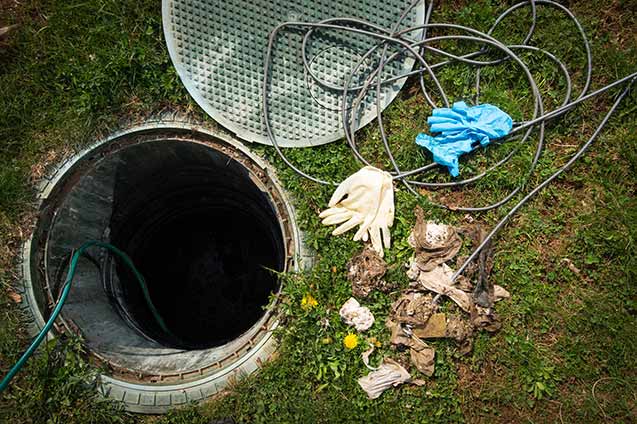
1. Medicine
Septic tanks rely on bacteria to break down solids and turn them into liquids. Medicine like antibiotics can kill off that beneficial bacteria, which can slow the breakdown of solids and require your tank to be pumped more often than necessary.
Some medicines can be returned to the pharmacy or doctor's office when they're finished, while others can be encapsulated in coffee grounds and thrown away. If you're not sure what to do with your leftover medicine when you're finished using it, talk to your pharmacist. He or she can help you determine what to do with your leftover medicine.
Some medicines can be returned to the pharmacy or doctor's office when they're finished, while others can be encapsulated in coffee grounds and thrown away. If you're not sure what to do with your leftover medicine when you're finished using it, talk to your pharmacist. He or she can help you determine what to do with your leftover medicine.
2. Flushable Products
Many products are marketed as flushable. Tampons, disposable wipes, diapers, and cat litter are all examples of products that are sometimes marked as flushable on their labels. Unfortunately, many of these products are not safe for septic tanks.
Large, slow-to-decompose, solid items can fill up septic tanks quickly, causing clogs and backups. Some products, like diapers, can even cause a clog at the inlet baffle, leading to backups in the main line running to the tank.
The only product that is safe to flush into the septic tank is toilet paper. If members of your household routinely flush other items down the pipes, have a family discussion about septic tank maintenance. Make garbage cans available in all bathrooms to ensure that your family members have a place to throw away anything that shouldn't be flushed into the system.
Large, slow-to-decompose, solid items can fill up septic tanks quickly, causing clogs and backups. Some products, like diapers, can even cause a clog at the inlet baffle, leading to backups in the main line running to the tank.
The only product that is safe to flush into the septic tank is toilet paper. If members of your household routinely flush other items down the pipes, have a family discussion about septic tank maintenance. Make garbage cans available in all bathrooms to ensure that your family members have a place to throw away anything that shouldn't be flushed into the system.
3. Food
Food flows easily down kitchen sink drains, while garbage disposals send tiny bits of food flowing into drain lines as well. Although a small amount of food will inevitably flow into the sink drain, you should still try to minimize the amount of food that flows into the drain.
To prevent problems, keep a drain strainer in your kitchen sink (or sinks) to catch any food that washes off your dishes. If you have a garbage disposal, check the model to be sure it's septic-tank safe. If it's not, have it replaced or stop using it altogether.
To prevent problems, keep a drain strainer in your kitchen sink (or sinks) to catch any food that washes off your dishes. If you have a garbage disposal, check the model to be sure it's septic-tank safe. If it's not, have it replaced or stop using it altogether.
4. Cooking Oil
Cooking oil solidifies when it gets cold, and then it gets caught in the drain lines and inlet baffle. As cooking oil builds up in the inlet baffle, other pieces of debris can get caught in this sticky trap. To prevent this problem, throw away your cooking oil instead of throwing it down the drain.
After cooking, wait for the oil to cool, and then pour it into a bag and throw it in the trash. You can also use cooking oil more than once. Reusing cooking oil is a smart way to save money while also protecting your septic system. This same advice applies to fats and grease. Fats and grease can flow easily down into drains but will eventually cause clogs in the septic system.
After cooking, wait for the oil to cool, and then pour it into a bag and throw it in the trash. You can also use cooking oil more than once. Reusing cooking oil is a smart way to save money while also protecting your septic system. This same advice applies to fats and grease. Fats and grease can flow easily down into drains but will eventually cause clogs in the septic system.
Contact Your Septic Tank Professional for More Information
If your home relies on a septic system, follow the steps above to change your habits and protect your system from avoidable damage. Changing your flushing habits is a simple fix that can have a big effect, including helping you prevent clogging. If you're wondering what else you can do to protect your septic tank and avoid clogs, contact your septic tank professional at Al's Septic Tank Service.
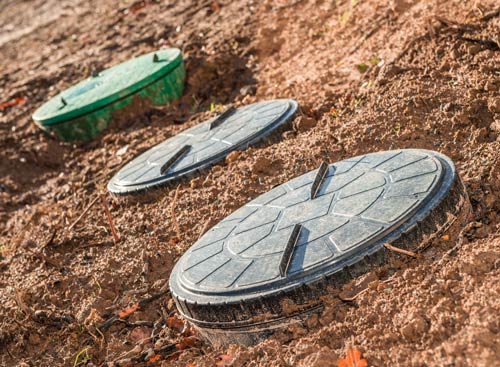
When you think about home maintenance, you probably think about washing the exterior siding, mowing the lawn, and shampooing the carpet. While these tasks are necessary, maintaining a healthy, functional septic system is also important.
Your septic tank is capable of breaking down some waste and debris. However, over time, excess waste and debris may build up faster than the septic system can break it down. This excess buildup can lead to a backed-up tank that can affect your home and yard. Thankfully, pumping your septic tank can improve the system's function. Here are three signs professionalsneed to pump your septic tank.
Your septic tank is capable of breaking down some waste and debris. However, over time, excess waste and debris may build up faster than the septic system can break it down. This excess buildup can lead to a backed-up tank that can affect your home and yard. Thankfully, pumping your septic tank can improve the system's function. Here are three signs professionalsneed to pump your septic tank.
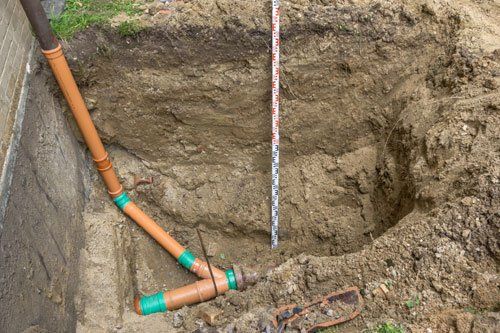
Tree roots are a common cause of clogged sewer lines, leading to sewage backups in your home. These clogs are insidious because they seem to happen without warning. That's not quite true, though — often there are warning signs. Learn why this happens so you can recognize the problem and request sewer line repairs as soon as possible

It's estimated the average American uses approximately 88 gallons of water each year. In addition to being expensive, using too much water can have a terrible impact on the environment and your septic system. Using too much water throughout the day for several weeks or months on end can overload your septic system, which can be disastrous.
Here is some important information about water conservation and your septic system – including tips to help you reduce your water usage.
Here is some important information about water conservation and your septic system – including tips to help you reduce your water usage.
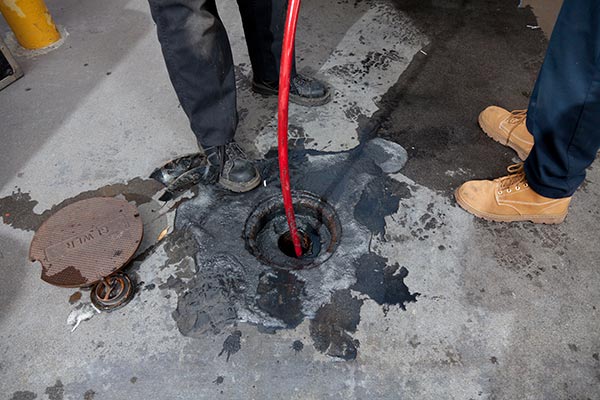
Properly caring for your septic system, which includes having it inspected yearly and pumped on a regular schedule, will ensure that it continues to work smoothly. If you're a new septic system owner, you might not be aware of the common mistakes that can cause your septic tank to backup, overflow, or completely fail.
Here are four of the most common septic system owner mistakes that you need to avoid.
Here are four of the most common septic system owner mistakes that you need to avoid.
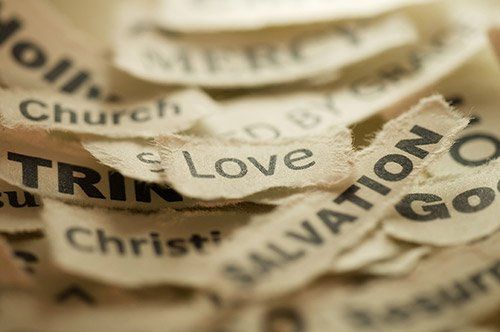
Blogging is all about content and how you present it to the viewer. The content needs to be accurate (both the language and the information), to the point (Give people what they want) and useful for the reader ("I wanted to know about iPhone 6, not the history of Apple").
Here are some guidelines for writing a professional post:
Here are some guidelines for writing a professional post:
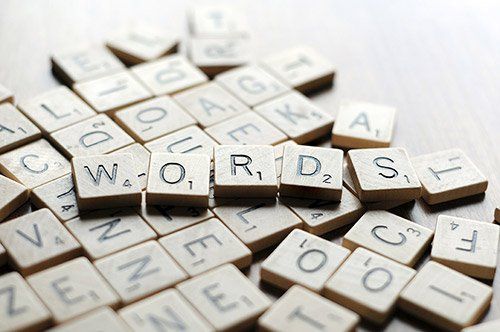
Welcome to your new blog!
Use the blog to tell a story, share information and knowledge, help your customers and drive traffic to your site. Your work on the blog will advance your site in search engines and bring new visitors who find your input useful.
A blog is based on posts (just like this one). Posts are the building blocks of the blog. All blog elements take their content dynamically from the posts you create.
The blog elements include:
Use the blog to tell a story, share information and knowledge, help your customers and drive traffic to your site. Your work on the blog will advance your site in search engines and bring new visitors who find your input useful.
A blog is based on posts (just like this one). Posts are the building blocks of the blog. All blog elements take their content dynamically from the posts you create.
The blog elements include:

